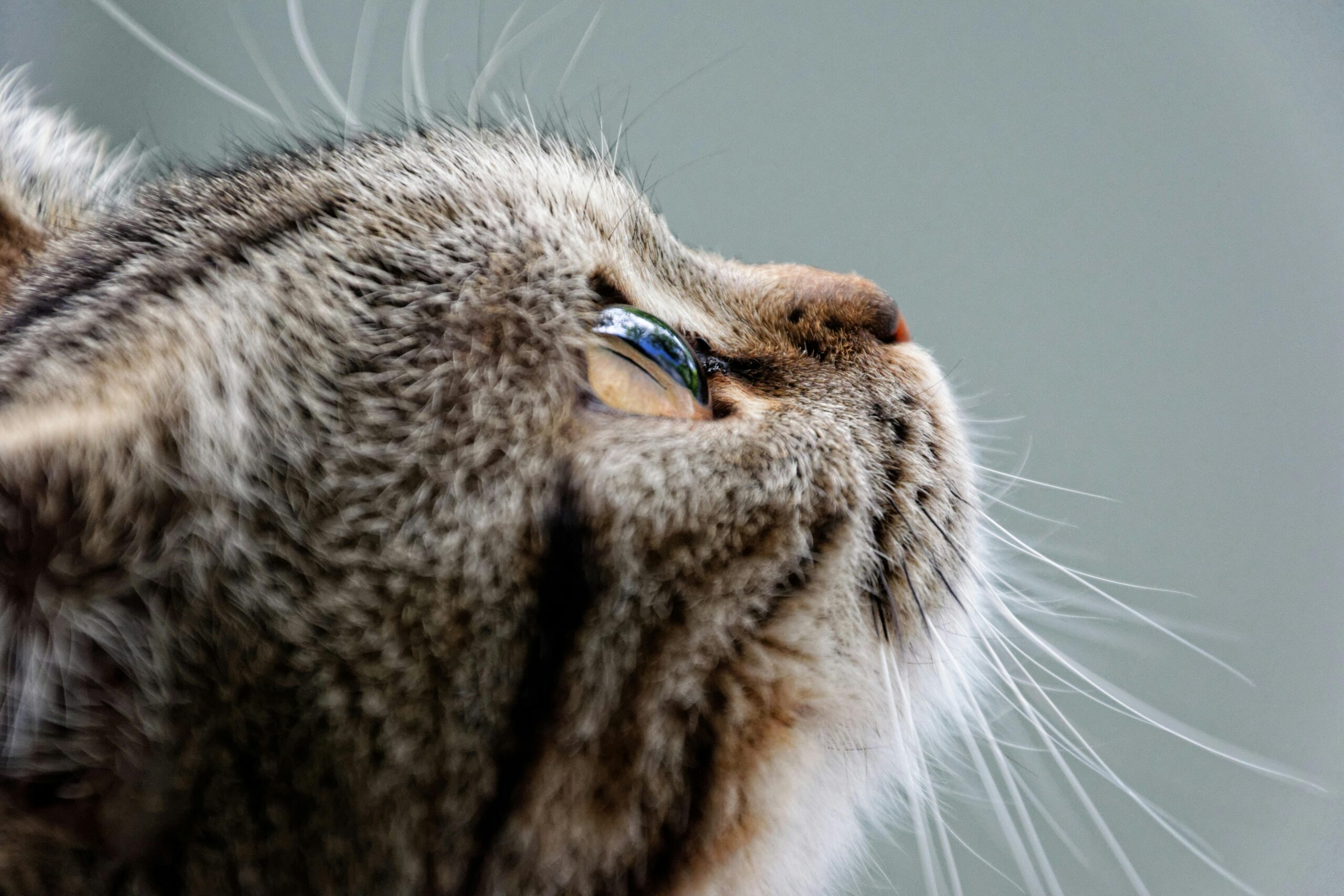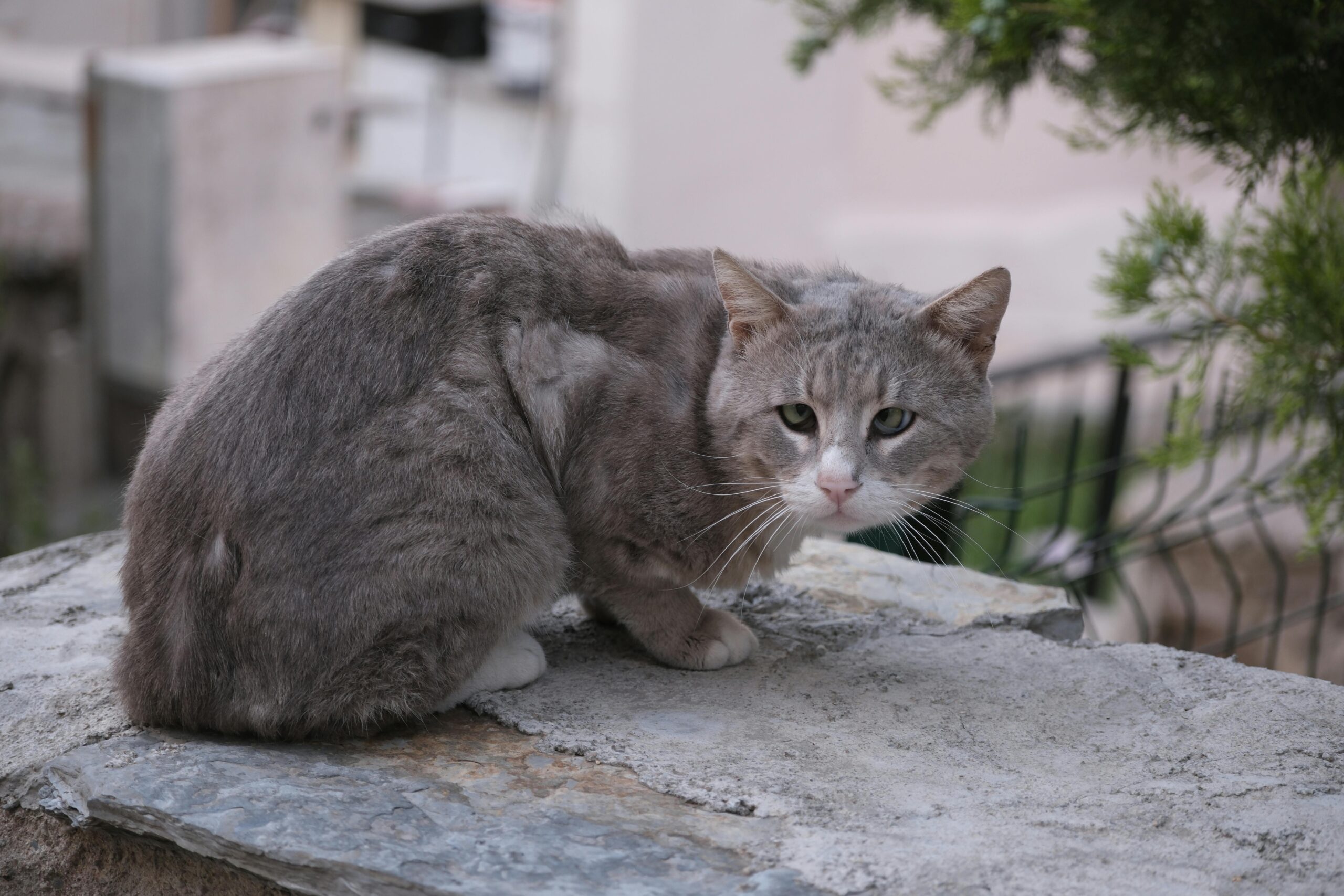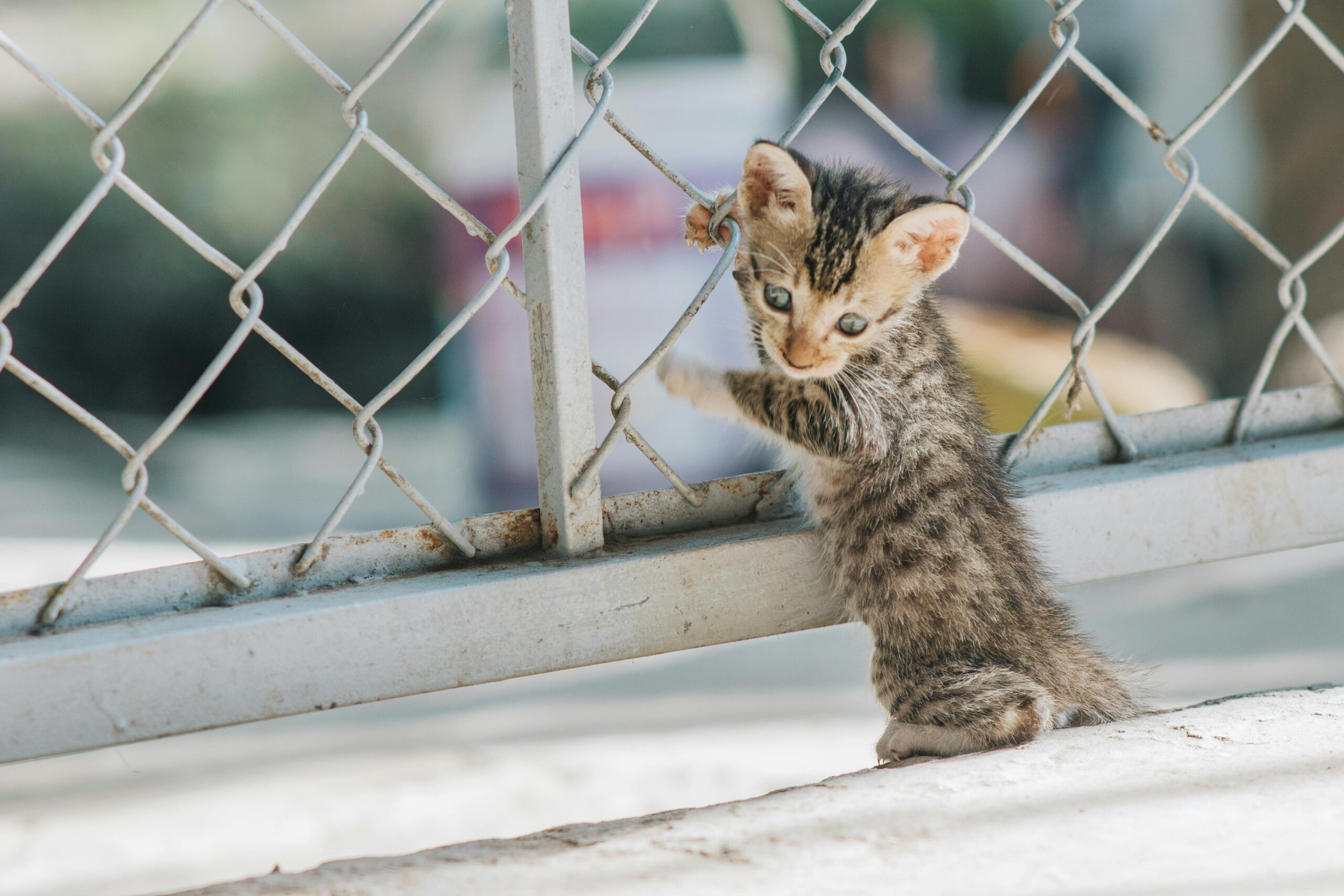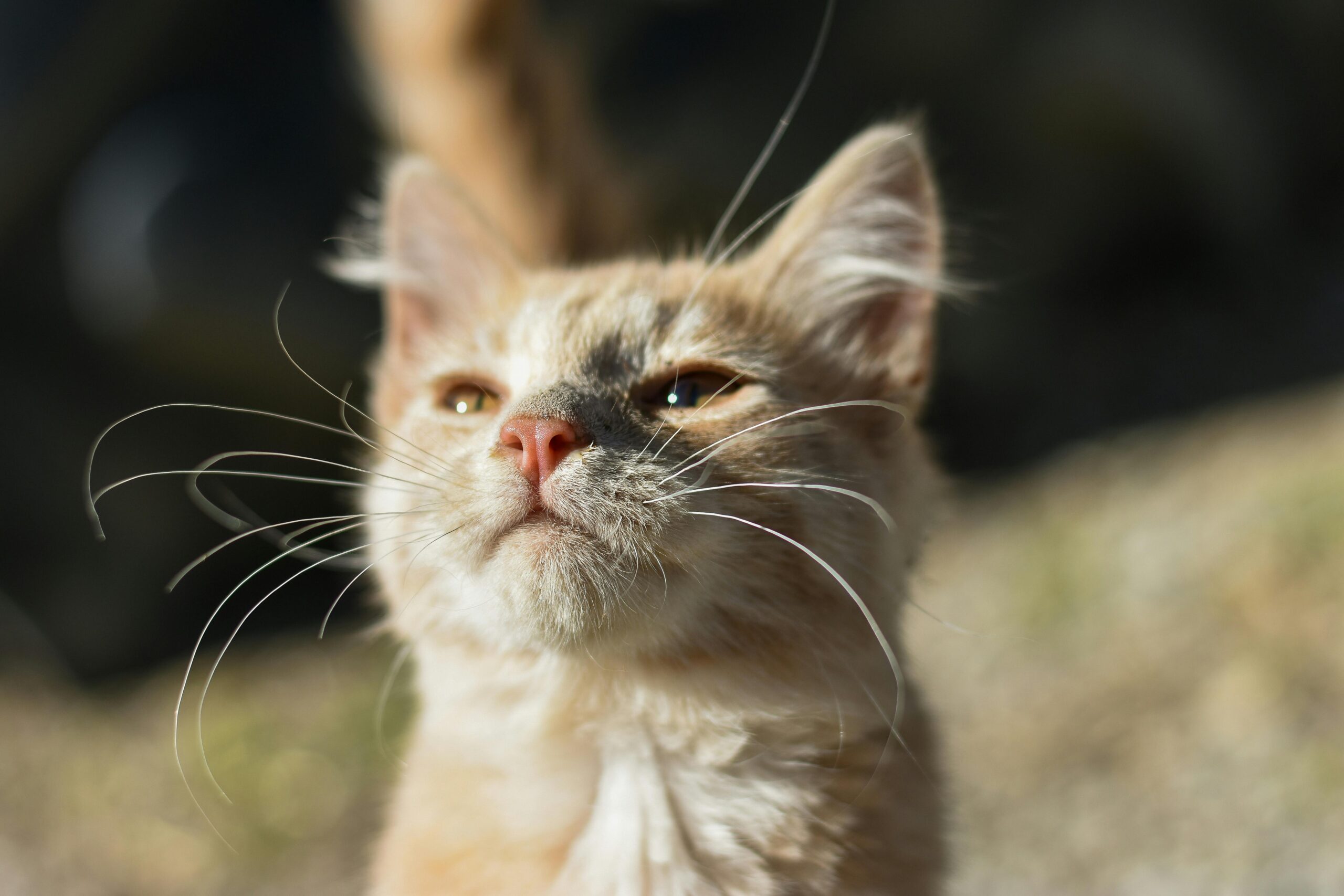Introduction:
Dental disease is one of the most common health issues affecting cats, yet it’s often overlooked by pet owners. This condition can cause significant pain and discomfort for our feline friends, potentially leading to more serious health problems if left untreated. In this article, we’ll explore the types of dental disease in cats, how to recognize the signs, and what you can do to prevent and treat these issues.
Types of Dental Disease in Cats:
- Gingivitis:
- Description: Inflammation of the gums
- Signs: Red, swollen gums that may bleed easily
- Periodontitis:
- Description: Advanced gum disease affecting the tissues supporting the teeth
- Signs: Receding gums, loose teeth, bad breath
- Tooth Resorption:
- Description: Erosion of the tooth structure, often starting below the gum line
- Signs: Difficulty eating, drooling, oral pain

Recognizing the Signs of Dental Disease:
- Bad breath (halitosis)
- Red or swollen gums
- Yellow or brown tartar buildup on teeth
- Drooling, sometimes tinged with blood
- Difficulty eating or loss of appetite
- Pawing at the mouth
- Behavioral changes, such as increased irritability
How to Check Your Cat’s Dental Health:
- Gently lift your cat’s lips to examine the teeth and gums
- Look for redness, swelling, or bleeding of the gums
- Check for yellow or brown tartar buildup on the teeth
- Observe for any broken or loose teeth
- Pay attention to any unusual odors
Prevention and Care:
- Regular Dental Check-ups:
- Schedule annual veterinary dental exams
- Professional cleaning may be recommended
- At-home Teeth Brushing:
- Use a cat-specific toothbrush and toothpaste
- Start slowly, making it a positive experience
- Aim for daily brushing, but even a few times a week can help
- Dental Treats and Toys:
- Offer dental treats designed to reduce tartar buildup
- Provide toys that encourage chewing to help clean teeth
- Appropriate Diet:
- Consider dental-specific cat foods
- Avoid sugary treats
- Water Additives:
- Some products can be added to your cat’s water to promote oral health
- Regular Monitoring:
- Check your cat’s mouth weekly for any changes
When to Seek Veterinary Care:
If you notice any of the following, consult your veterinarian immediately:
- Excessive drooling
- Visible discomfort while eating
- Refusal to eat
- Bleeding from the mouth
- Severe bad breath
- Any growths or lumps in the mouth
Treatment Options:
Your veterinarian may recommend:
- Professional dental cleaning under anesthesia
- Extraction of severely affected teeth
- Antibiotics for infections
- Pain management medications
Conclusion:
Dental disease in cats is a serious but preventable condition. By incorporating regular dental care into your cat’s routine and staying vigilant for signs of dental issues, you can help ensure your feline friend maintains good oral health. Remember, a healthy mouth contributes to overall well-being and a happier, more comfortable life for your cat.
This article provides a comprehensive overview of feline dental disease, including how to check for issues and ways to prevent and treat them. It offers practical advice for cat owners to help maintain their pets’ dental health.










